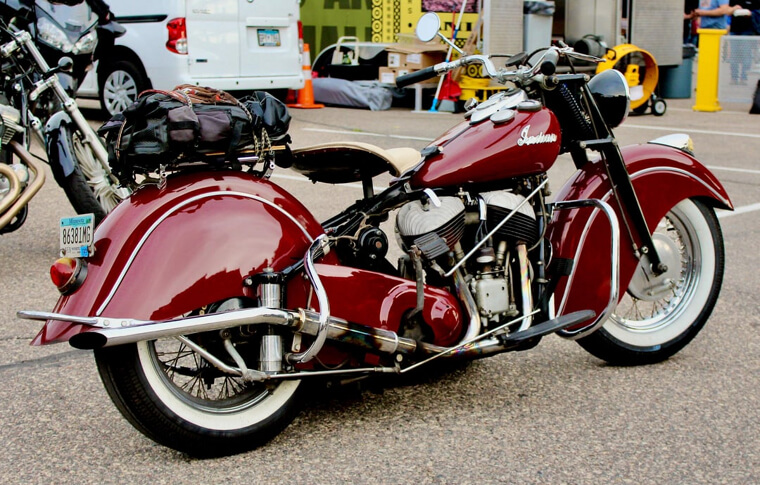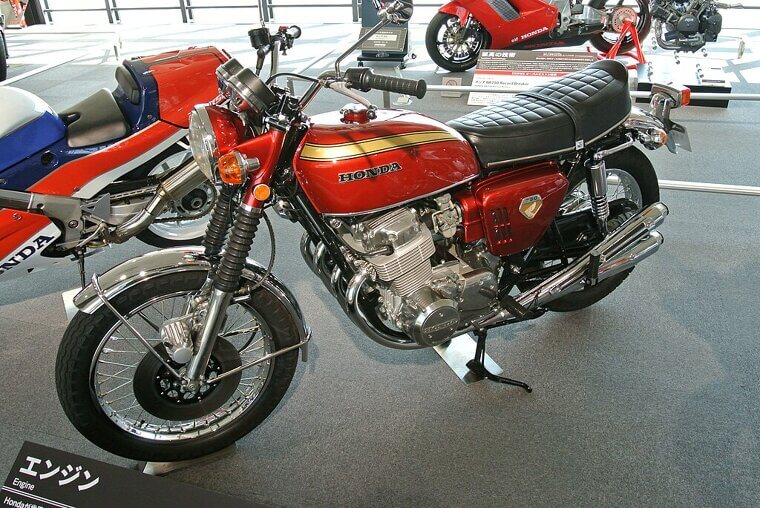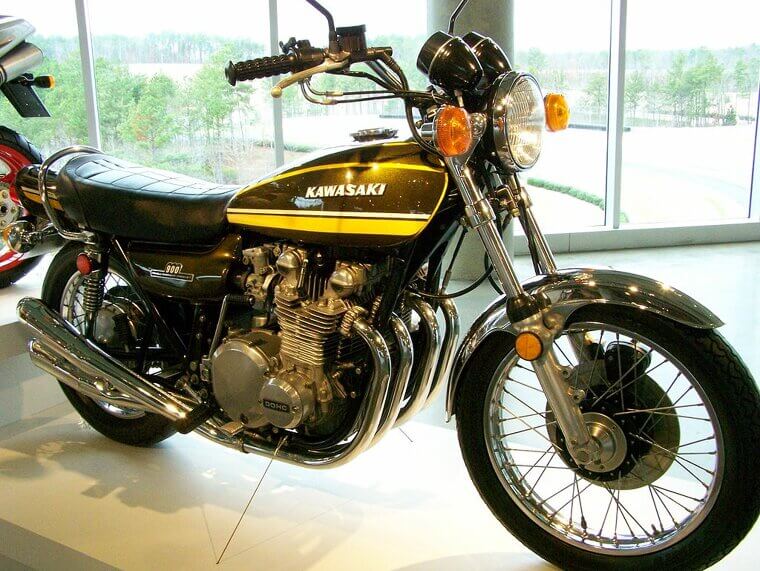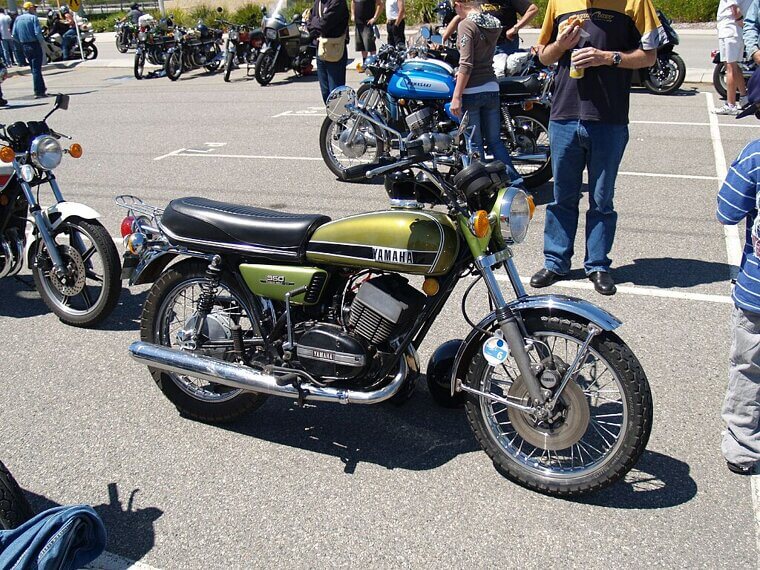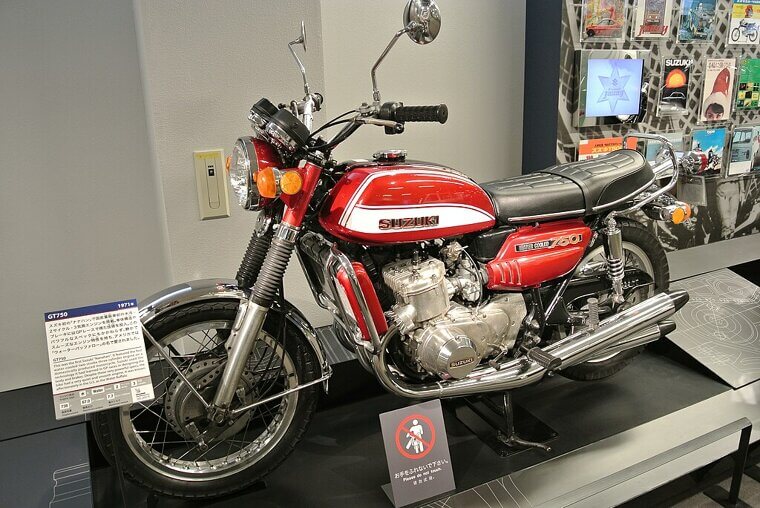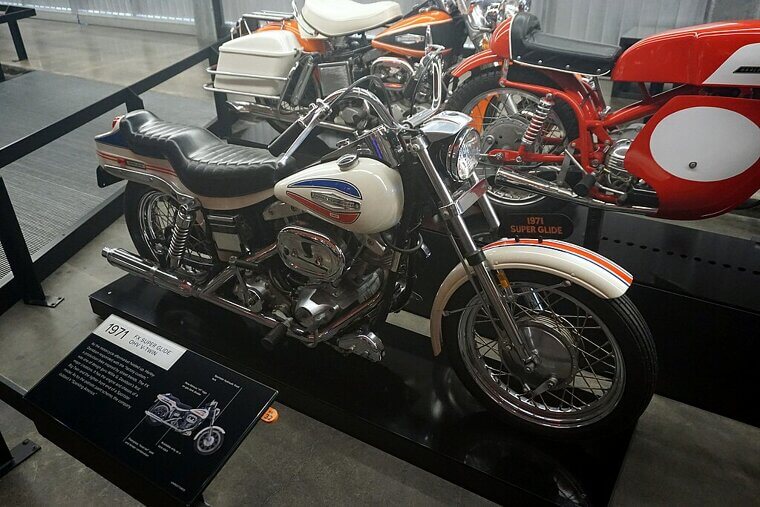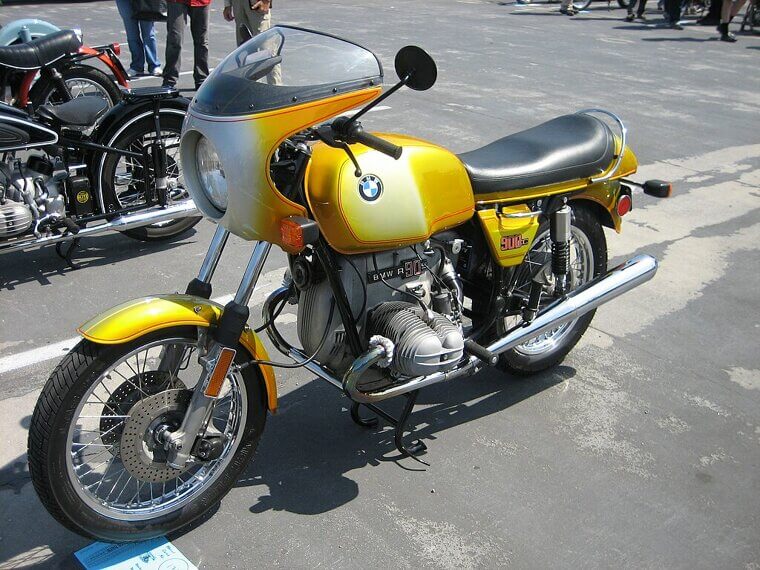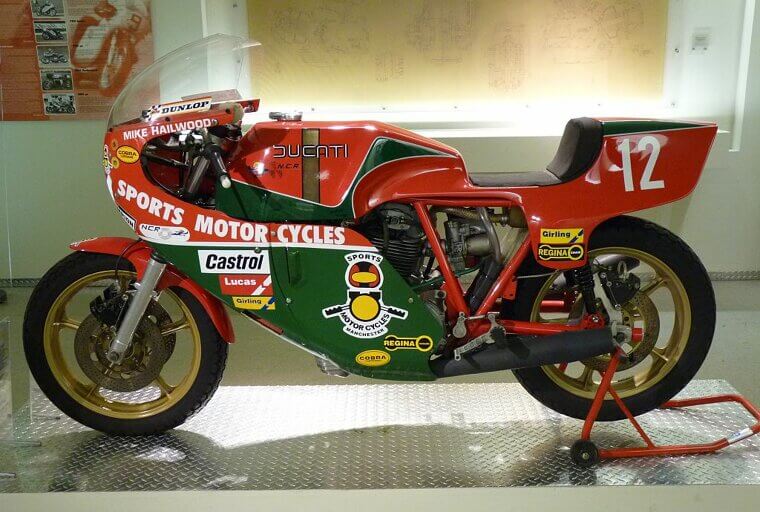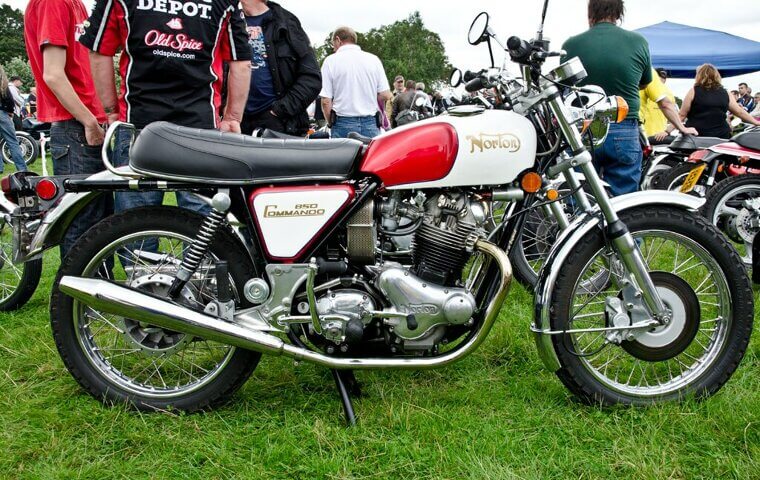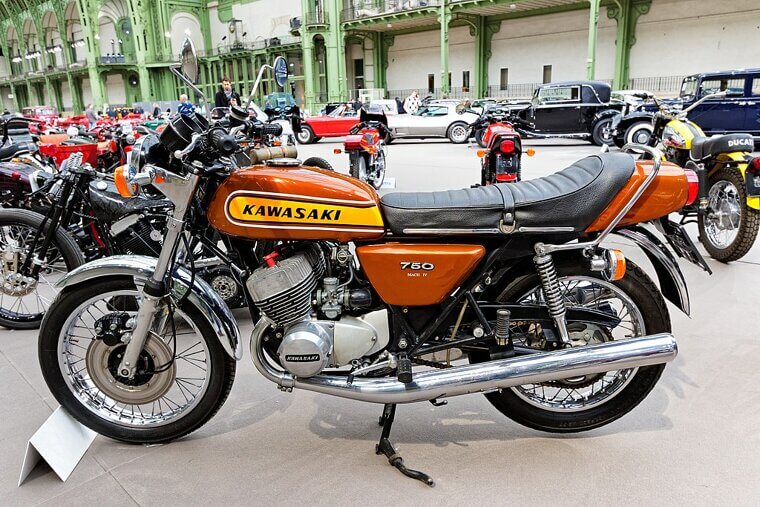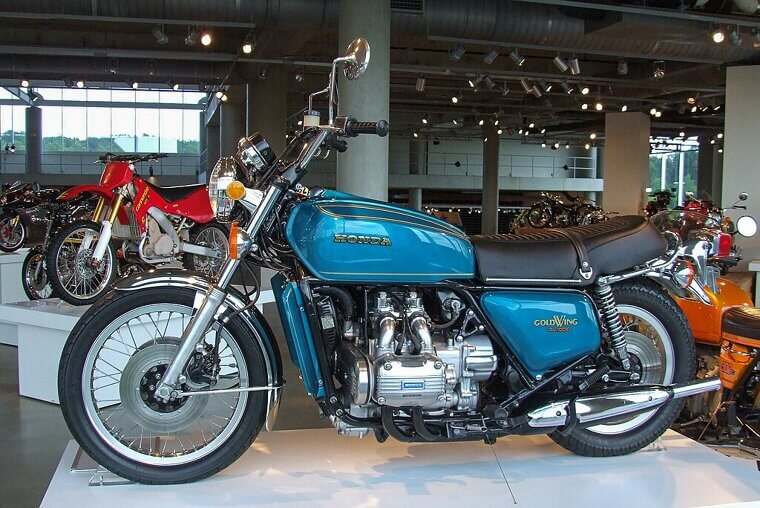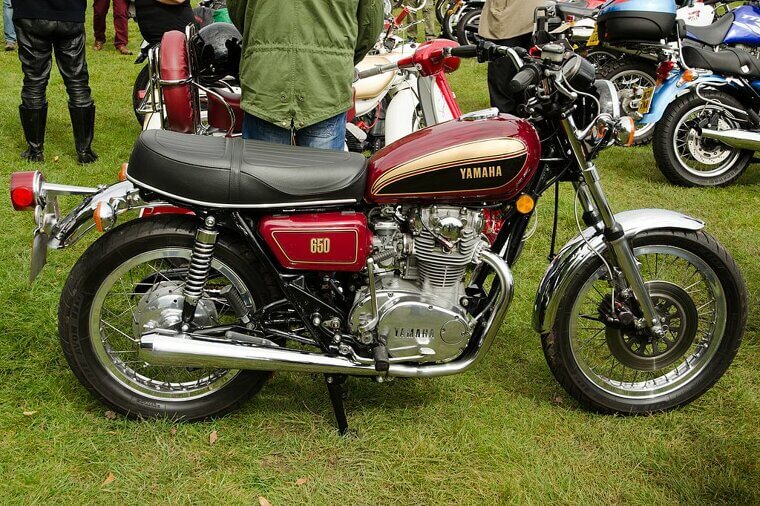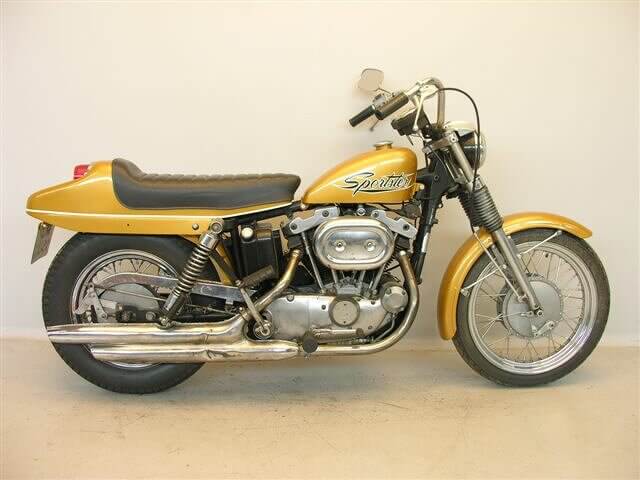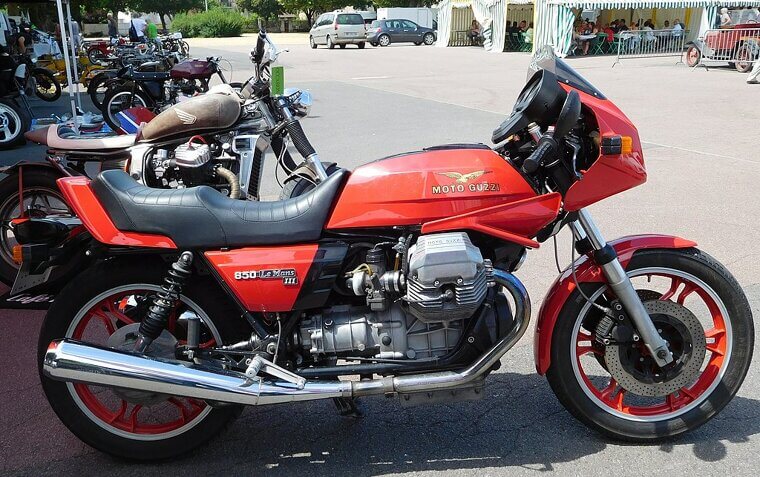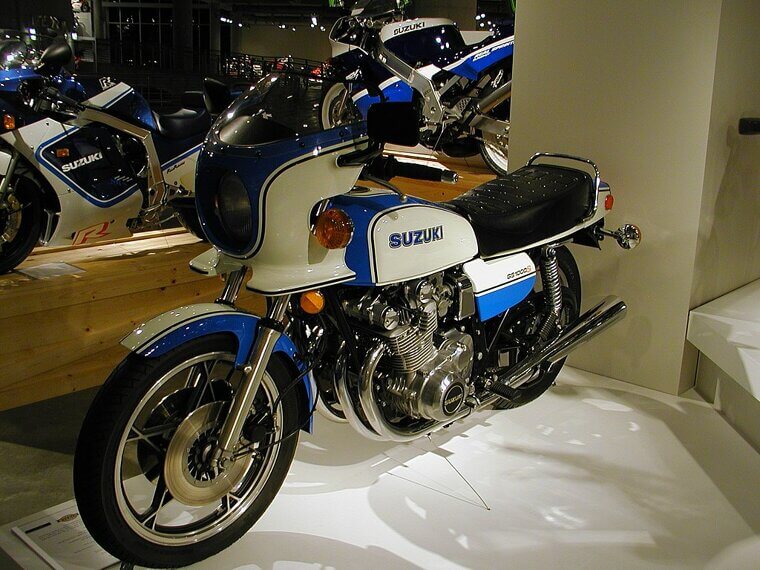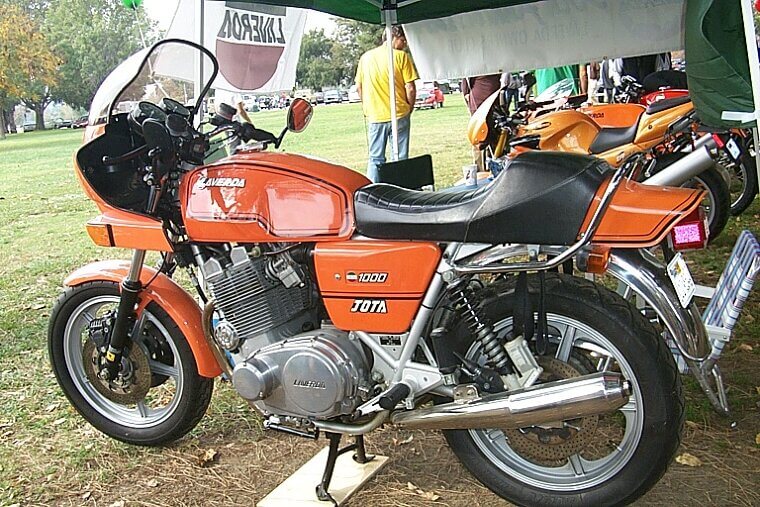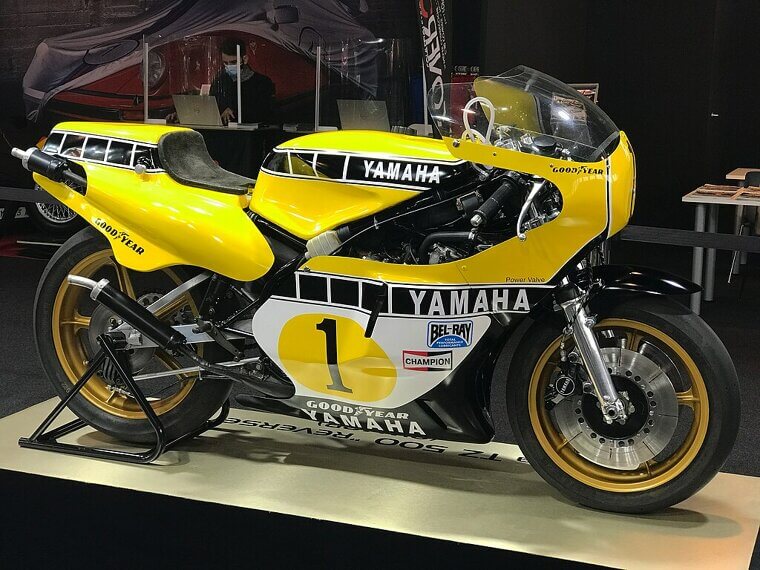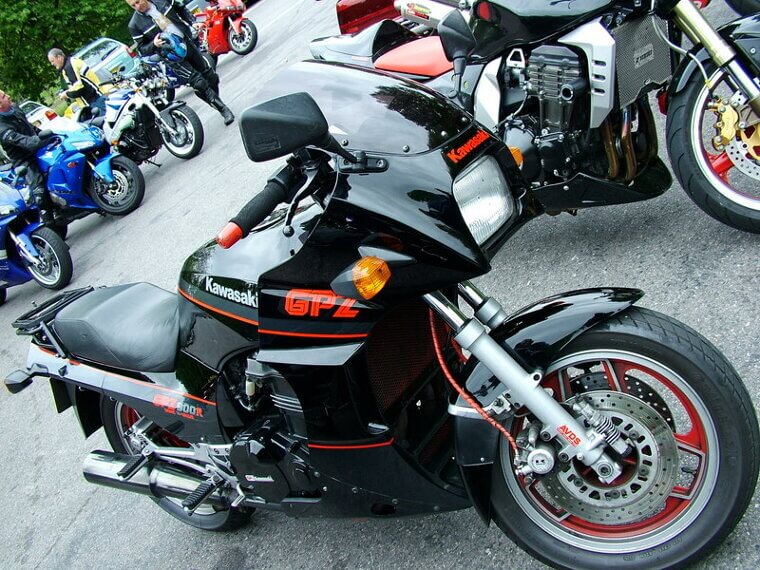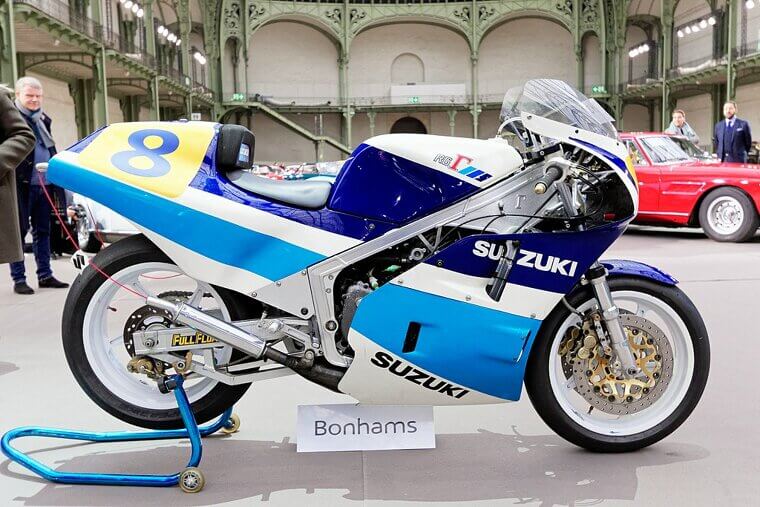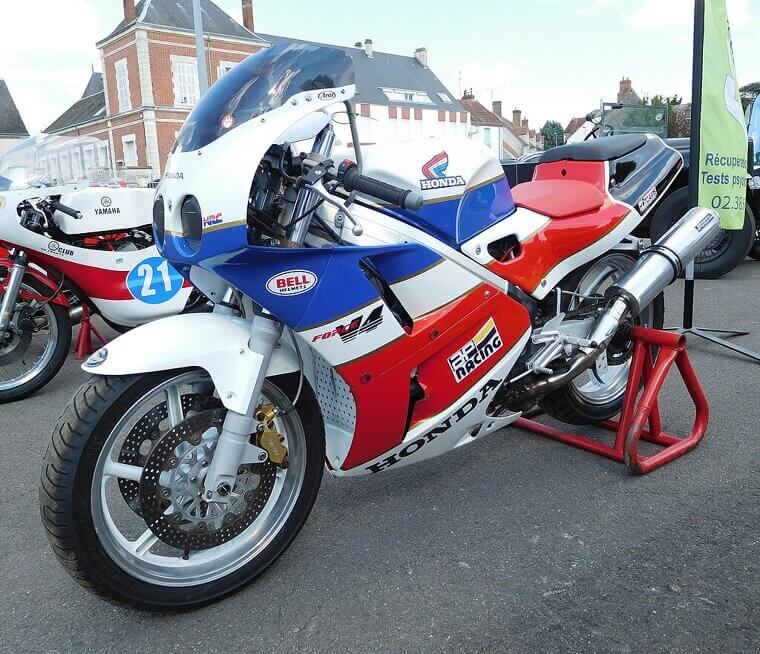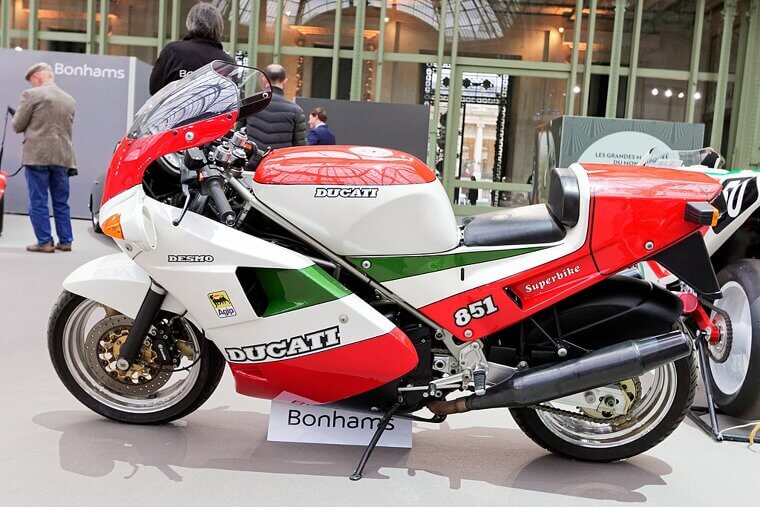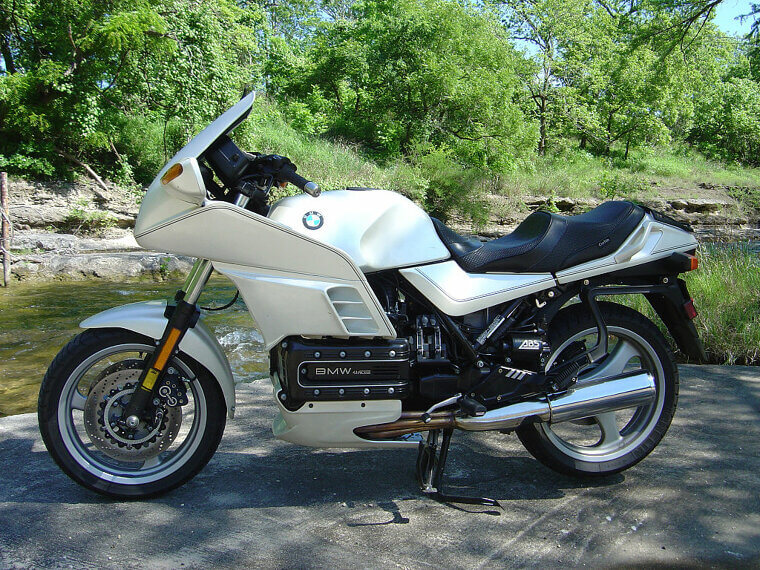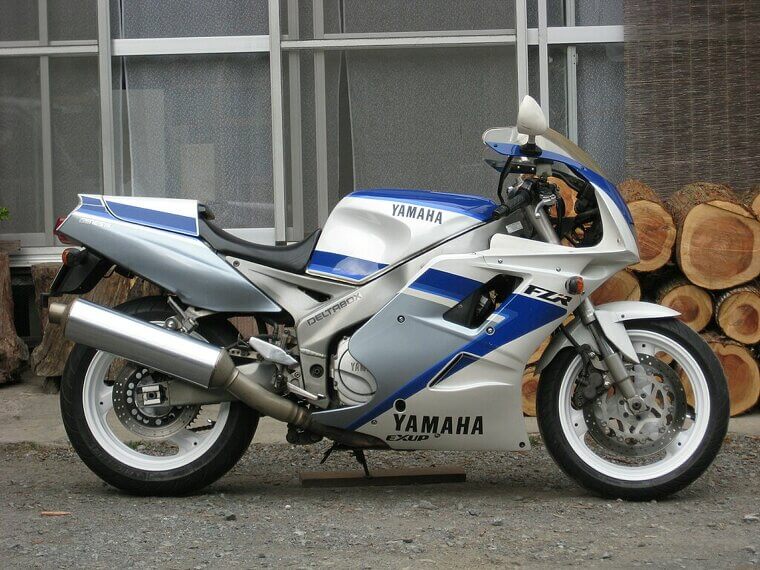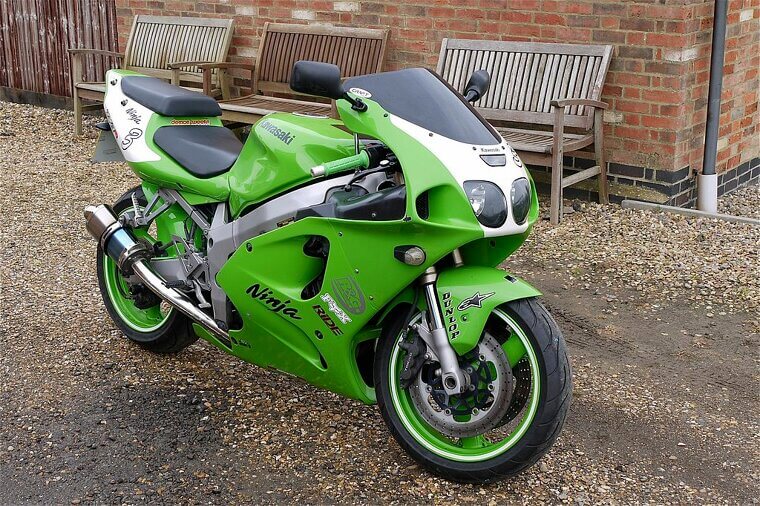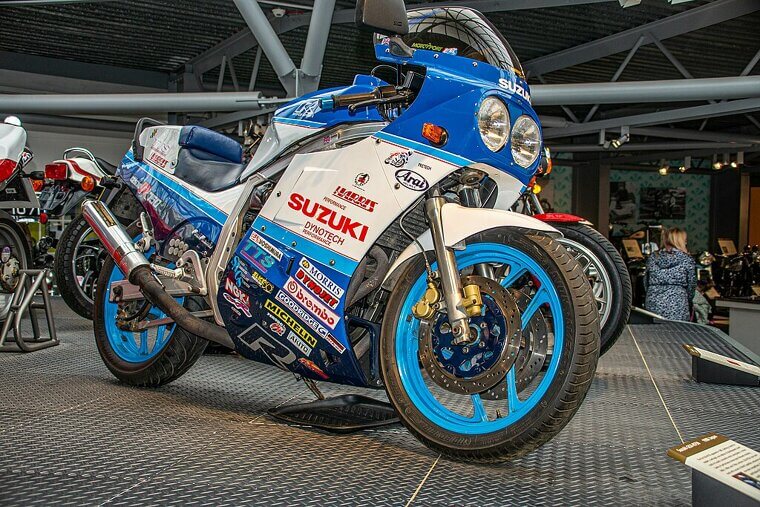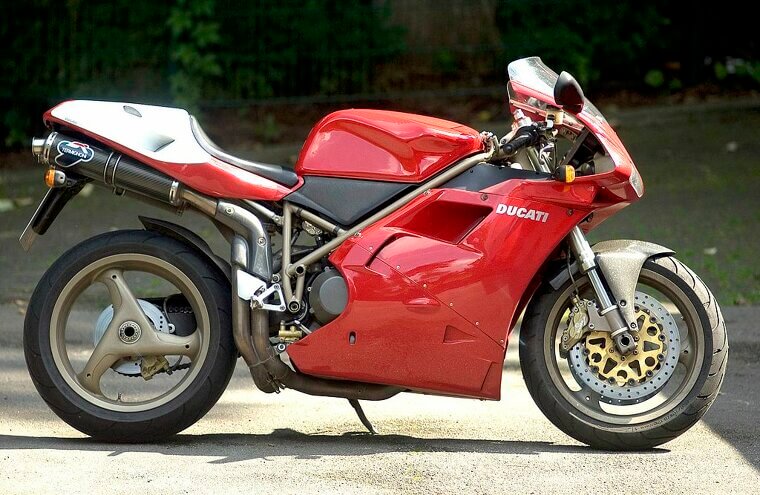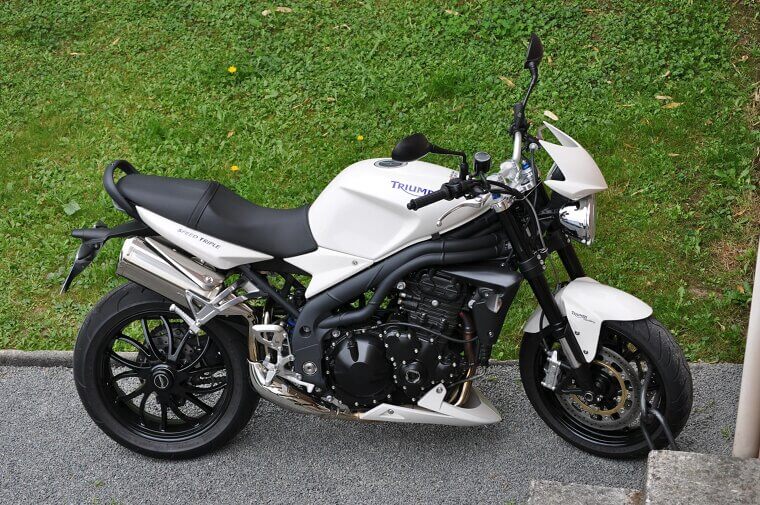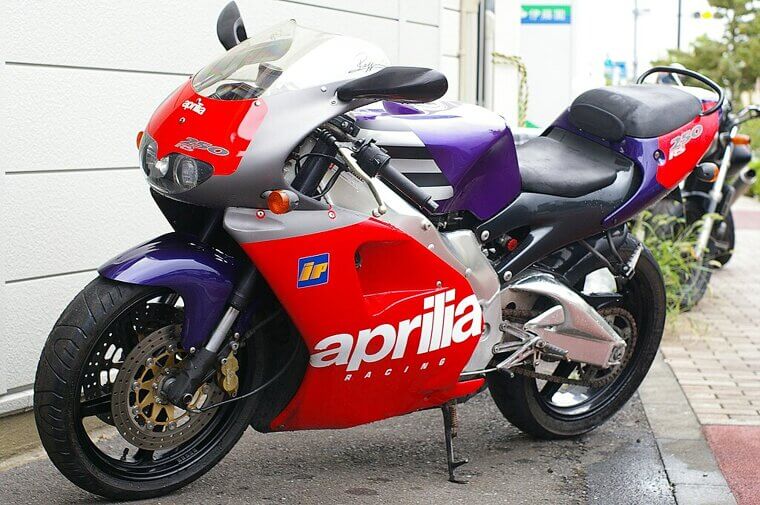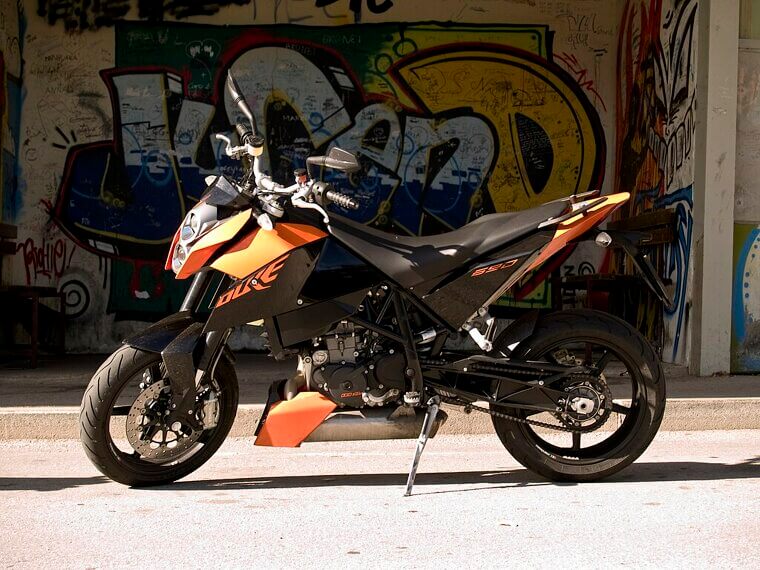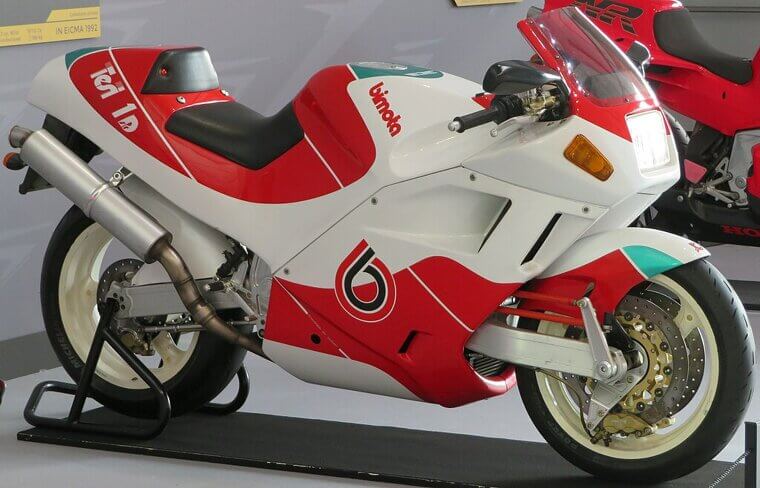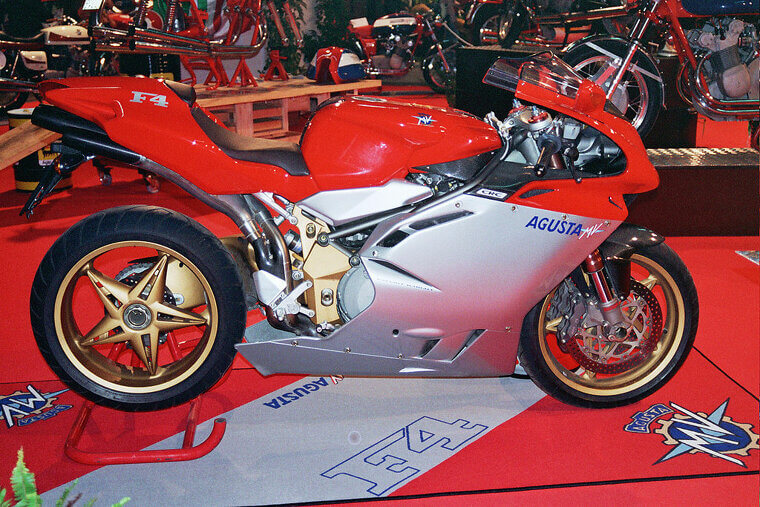The Bikes That Defined Cool Back in the Day
There was a time when having the right bike meant everything. Whether it had chrome handlebars, bright paint, or racing stripes, certain models were the ultimate prize. These were the bikes every kid on the block dreamed of riding. They defined status, freedom, and fun for an entire generation.
Honda CB750 (1969)
In a time when big bikes were known as leaky and unreliable, Honda released the CB750 and kickstarted the superbike era in style. Its inline-four engine made it faster, smoother and more refined than its competitors while the Front disc brake offered unparallelled stopping power.
Kawasaki Z1 900 (1972)
The Z1 900 was Kawasaki’s answer to the CB750 and it knocked things up a notch on every level - sexier, faster and meaner. Its 903cc DOHC engine could break 130mph, making it the first Japanese bike that could hold its own against the big dogs.
Yamaha RD350 (1973)
If you wanted rebellion, you went for the RD350, which earned its nickname “giant killer” for being able to match - and sometimes beat - bikes much bigger than itself. It was agile, quick and fun, so of course it drew in the younger crowd like a magnet.
Suzuki GT750 "Water Buffalo" (1971)
While every bike was making air-cooled systems, the GT750 was the first production bike that rocked a water-cooled, three-cylinder two-stroke engine. It was smooth and loaded with torque, so it was designed for long trips rather than city jaunts.
Harley-Davidson FX Super Glide (1971)
Harley-Davidson won a lot of fans over with the Super Glide aesthetics - it was the first “factory custom” bike, and its big V-twin engine packed a lot of power into its smaller frame. Arguably its largest claim to fame is that it set the decades-long custom cruiser trend.
BMW R90S (1973)
The motorbike world was all muscle and aggression until the R90S came along and taught it that refinement can be just as appealing. It was sporty, it had racing stripes and an iconic BMW flat-twin “boxer” engine nothing else had. It handled surprisingly well for a big bike, too.
Ducati 900SS (1975)
For those who wanted style and speed in one gorgeous Italian package the 900SS was tough to beat, and its L-twin (90-degree V-twin) engine became legendary in motorcycle circles. It was sleek, aggressive and handled like a dream; what more could a rider want?
Norton Commando 850 (1973)
Britain held onto the motorcycle market for a while, but Japanese companies soon came out ahead. The Commando 850 was the last great British bike before that milestone, and it pioneered the vibration-reducing Isolastic frame system just to make it more memorable.
Triumph Bonneville T120 (1965)
In the ’60s the T120 was the benchmark of British motorcycles. It was like James Bond - a fast mover, sexy and reliable (comparatively, anyway). It was a hit with riders across the board: it appealed equally to Hollywood stars, rockers and mods.
Kawasaki H2 Mach IV 750 (1972)
The Mach IV 750’s torque and hair trigger handling earned it a nickname - “the Widowmaker.” The power-to-weight ratio in its 750cc two-stroke triple engine was crazy and it scared riders just as much as it did passers-by. But they still loved it.
Honda Gold Wing GL1000 (1975)
With its rare flat-four liquid-cooled engine and shaft drive combination, the Gold Wing redefined touring bikes, providing a smooth and quiet journey for anyone who wanted to ride a long way in style and comfort. It did for motorcycles what Cadillac did for cars!
Yamaha XS650 (1970)
Although the XS650 looked like a British bike, Yamaha made up for all Brit reliability failings. It had a 654cc parallel-twin engine, both kickstart and electric start for convenience, and it became an aftermarket darling among modders. There was something for everyone!
Harley-Davidson Sportster XLCH (1967)
The Sportster was like a hellcat - it was mean, had attitude for days and came with a 883cc V-twin engine that roared a challenge to other bikes and dared them to accept. It wasn’t comfy, but who needs soft when you’re burning rubber and serving up dust sandwiches?
Moto Guzzi Le Mans 850 (1976)
Known for its Transverse V-twin and drive shaft, the Le Mans 850 was an exotic sight on the road; there was just nothing else like it at the time. It eschewed trademark Italian subtlety for a powerful design and an exhaust note that growled like a bear.
Suzuki GS1000S (1979)
When the GS1000S hit the market, it was the equivalent of Suzuki dropping the mic at a rap battle. As the brand’s official AMA Superbike entry, this baby was tuned for racing and it showed; its Inline-four engine with DOHC was smooth, fast and straight to the point.
Honda CBX1000 (1978)
Ever heard of a motorcycle with six cylinders? That’s practically a car motor. It was heavy, sure, but the 1047cc inline-six engine gave the CBX1000 crazy power and a voice like an angel singing death metal. It was essentially a Honda flex, and no one could take their eyes off it.
Laverda Jota 1000 (1976)
Exotic doesn’t even begin to describe the Laverda Jota 1000 - it was more like the fever dream of a madman on a caffeine high, race-tuned with a throaty 981cc triple (inline-three) engine. At one point it was even the fastest production bike in the world. Yes, the entire world!
BSA Rocket 3 (1969)
When the Japanese wave of motorcycles rode the popularity wave, the BSA Rocket 3 was British brand BSA’s last stand - and it was admirable. It impressed the drag scene with its torque and shared its 750cc inline-triple engine tech with the Triumph Trident, but it only gained popularity in hindsight.
Yamaha YZR500 (1980s)
Every motorbike enthusiast wanted a Yamaha YZR500, but it was an unreachable dream - they existed only to dominate the Grand Prix racing with their 500cc two-stroke V4 engines. It wasn’t road-legal, though it did inspire similar bikes with more attainable specs.
Kawasaki GPz900R (Ninja 900) (1984)
The GPz900R was the OG Ninja that spawned a motorcycle dynasty, and it stunned everyone when it was released. It was liquid-cooled, used in “Top Gun” (oh, yes) and its top-tier engine made it the first production bike to maintain smooth, reliable riding past 150 mph!
Suzuki RG500 Gamma (1985)
The RG500 Gamma’s explosively powerful 498cc square-four two-stroke engine essentially made it a street-legal GP race bike with sharp cornering and aggression in spades. It set a flame in adrenaline junkies' hearts just as effectively as it burnt tires.
Honda VFR750R (RC30) (1987)
Honda’s foray into homologation produced the RC30, and it was a stunning success - it brought home gold from several World Superbike Championships! Even with a powerful 748cc V4 engine, the R30 had handling as sharp as a knife; fitting, considering how it cut through the opposition.
Ducati 851 (1987)
As Ducati’s first water-cooled superbike, the 851 was years ahead of its time, and with advanced features such as its 851cc L-twin engine and fuel injection it won in World Superbike, then rolled onto the streets like nothing happened.
Harley-Davidson FXR (1982)
The FXR was divisive among Harley-Davidson fans: it dropped untamed aggression for one of the best frames the brand ever made, and created a performance beast. That ruffled some traditionalist feathers, but made it a big hit in performance and stunt circles, especially to those in the know.
BMW K100RS (1983)
The K100RS’s 987cc longitudinally mounted inline-four engine earned the motorcycle its “Flying Brick” nickname, and it was apt; the aesthetic was both angular and distinct, but it sure could move! It was a unique combination of speed and comfort, making it a long-distance beast many salivated over.
Yamaha FZR1000 (1987)
Before the FZR1000 Literbikes didn’t handle well, then Yamaha released this ride and everything changed. It was the first of its kind to master handling, sure, but it was also fast thanks to its 989cc inline-four with the Genesis engine (that’s 5 valves per cylinder) and precise.
Kawasaki ZX-7R (1989)
A lean green machine with a 749cc inline-four engine and a rear suspension swingarm for extra stability, the ZX-7R looked and acted like a racebike even though it was street-legal, and it was unapologetic about its untamed savagery.
Suzuki GSX-R750 (1985)
Streetbikes were fast, but the GSX-R750 raised the stakes to a completely new level by integrating track DNA for the mass market. That made it the first mass-produced race-replica superbike, and it changed the game entirely.
Honda NSR250R (1988)
You wouldn’t believe the banshee howl of the NSR250R just by looking at its tiny stature, but this bike’s 249cc two-stroke V-twin engine could scream. It was lightweight and shredded corners like they weren’t there, plus it was unique to western audiences. Young riders couldn’t get enough.
Ducati 916 (1994)
Largely considered the most beautiful motorcycle ever built, the 916 was on every rider’s wishlist - and even on the lists of some people who didn’t like bikes. It looked fast, it went faster and it could lure people in like a siren draws sailors with its artistic design. It was a true legend.
Triumph Speed Triple T309 (1994)
Even though the reign of British motorcycle dominance was long since over, the Speed Triple made people wonder if a comeback was around the corner. It was pure attitude and yelled threats from its 885cc inline triple like it meant them… because it did. It was basically a streetfighter on two wheels.
Aprilia RS250 (1995)
If you shrank a GP bike but retained its performance and savagery, you’d get the RS250, which packed a potent 249cc V-twin two-stroke. However, it maintained a feather-like weight for tackling winding roads and was sure to draw your attention... if you ever saw one, that is. They were as rare as unicorns.
KTM Duke 620 (1994)
KTM brought a punk attitude to the table with the Duke 620 which was basically a dirtbike dressed up for the streets. With its high seat, wide bars and an off-road chassis with sticky road tires, the Duke was as much a statement as it was a set of wheels.
Bimota Tesi 1D (1990)
The Tesi 1D looked like it came from the future, or from outer space, or both. It had hub-center steering and a Ducati 851 engine that shrieked for attention as it passed… and it got it! But they were so rare, many only drooled over pictures.
MV Agusta F4 750 Serie Oro (1999)
After years of silence, MV Augusta blitzed onto the scene once more with its crown-taking F4 750 designed by Massimo Tamburini, the mind behind the Ducati 916. It harnessed F1 tech and Ferrari ingenuity with its 749cc inline-four, becoming an instant classic as soon as it was released.

